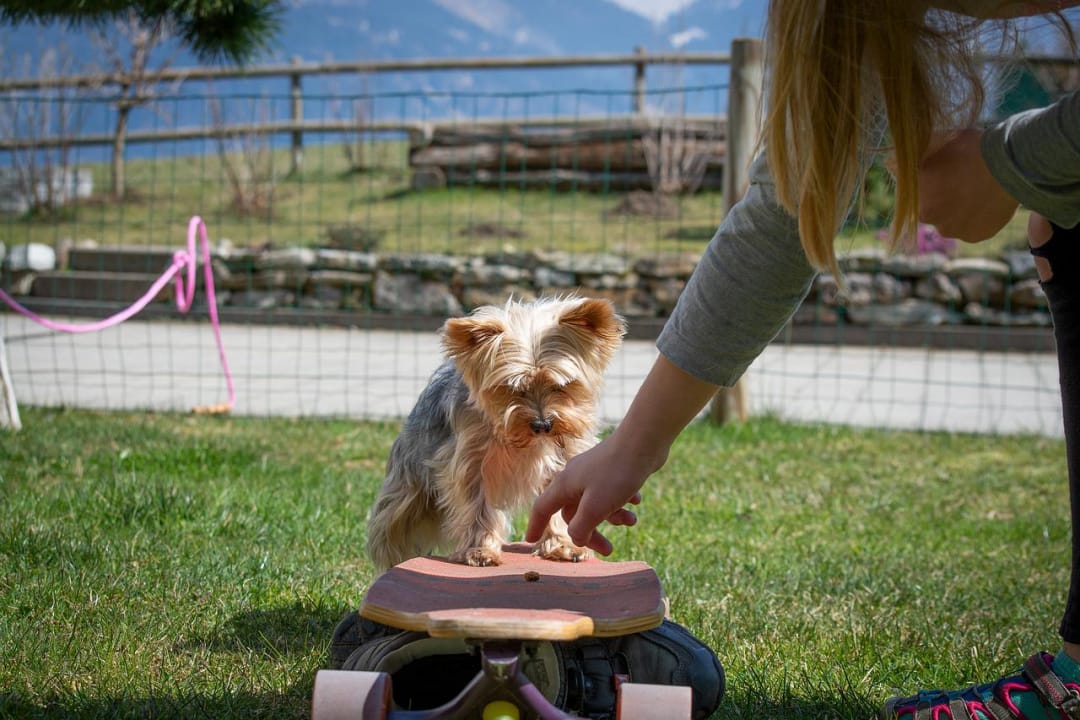
When you first bring home your four-legged bundle of joy, it’s easy to give in to the temptation of spending every free moment cuddling your little pooch. But if you don’t start teaching your puppy some essential skills very soon, he or she could turn into a badly behaved and unhappy adult dog. Here are some tips on how to train a puppy.
Training a puppy is a challenging job. That’s why there are professional dog trainers, but with a little help you can do it too. Now, here’s the thing. When you’re a pup, there’s so much to learn – from not peeing and pooping inside the home to not nipping or barking all the time. If you want a great relationship with your adult dog, training has to start early in puppyhood, say at around 7-8 weeks of age, with formal training starting at around 6 months of age.
Many people think it’s only fair that their pup roams free all over their homes. But crate training helps a puppy adjust to your household, including bathroom breaks and bedtime. A puppy who loves his crate is less likely to be destructive when bored. You can accomplish this by giving treats every time she goes into her crate or feeding her in the crate.
Nobody likes a dog who gets overexcited and jumps on strangers. One of the first commands you should train your pup to heed is “sit.” This is an important skill for puppies to learn, because it helps them stay calm and respectful during mealtimes, around new people, and in public spaces.
House training is one of the biggest challenges for anyone who brings a new pup home. Crate training and leash training along with positive reinforcement can help you to teach your puppy to only go to the bathroom when outside. Be firm in setting these house rules if you want your pup to follow them into adulthood.
A well-behaved dog walks calmly on a leash. Leash training has to go hand-in-hand with housebreaking your new pup and socializing her with your neighborhood. Keep in mind that for a playful puppy with mischief on her mind, walking on a leash doesn’t come easy, but practice does make perfect.
It’s vital that your pup learn how to behave around children, adults, and other dogs. The only way to do this is to introduce them to these individuals early in life. Take your pup to the dog park, starting when he’s young. This will help build confidence and your pup will learn socialization skills about how to behave around other pooches. Exposure to people will make your pup friendlier and teach him to remain calm in the presence of strangers.
Just like a human baby will bite whatever they can get their hands on when they’re teething, puppies like to nip and bite when their canines grow out. And they don’t realize how sharp their bites can be. Make your displeasure obvious if your puppy nips, by saying loudly saying “Ow” in a voice that sounds like a yelp. When your pup listens and stops nipping, reinforce the positive behavior with a treat. Avoid pushing the pup back or yelling at length, because this can be misinterpreted by your pup as a form of attention.
There’s nothing worse than coming home and finding that your puppy has torn your favorite pillow to shreds or left deep scratch marks on your furniture. Give your pup chew toys to encourage proper chewing behavior and prevent dental problems. Don’t use an old shoe as they can’t tell the difference between old and new ones. If you find your puppy chewing on something inappropriate, bring them their chew toy and praise them for doing the right thing.
There are going to be times when you won’t be home with your dog. Your pup needs to learn to be independent and stay home alone without becoming destructive or anxious. Crate training helps to accomplish this by making the crate a happy, relaxing environment for your pup where she feels safe. Start by leaving your pup alone in a room for short periods. Give her a pat on the head and a word of praise if she behaves well while you’re gone. But don’t cuddle her too much as this could make her miss you more. You should be able to slowly build up to longer periods of time when your pup can stay calm and happy without whimpering in your absence.
21 March, 2022